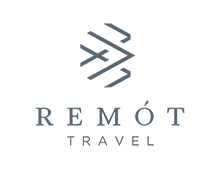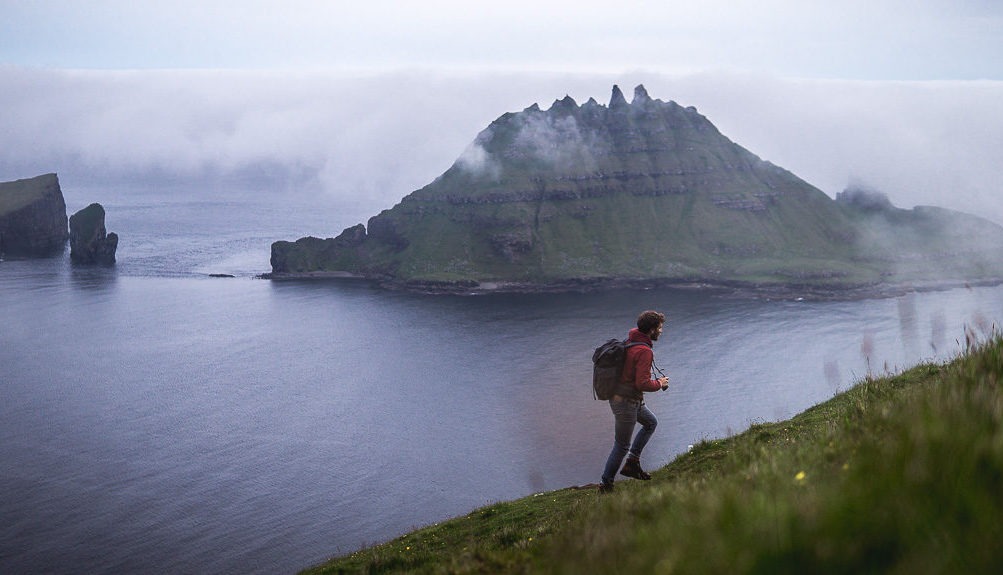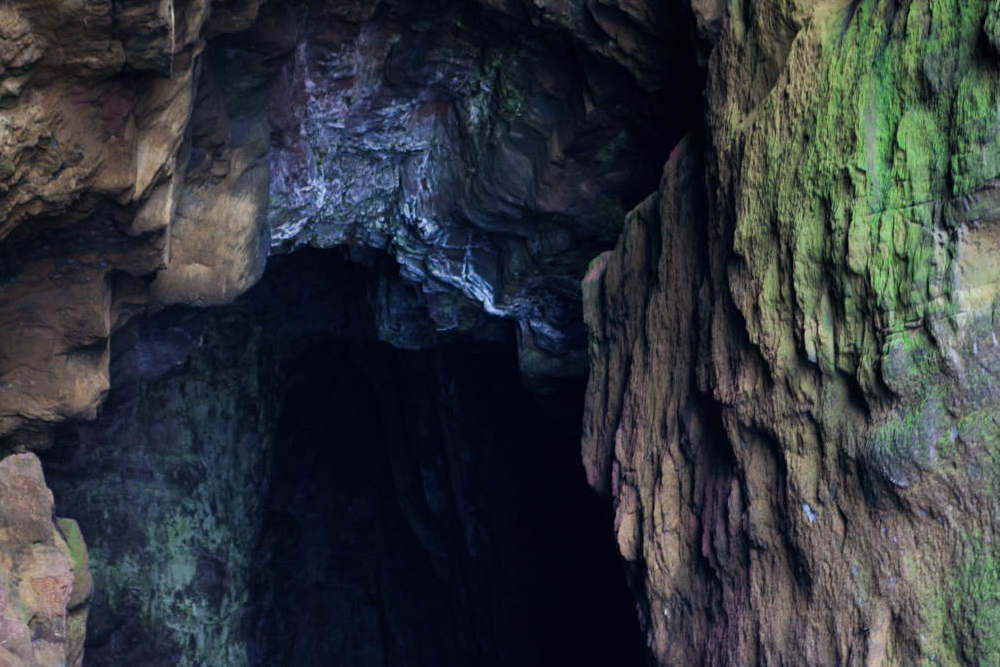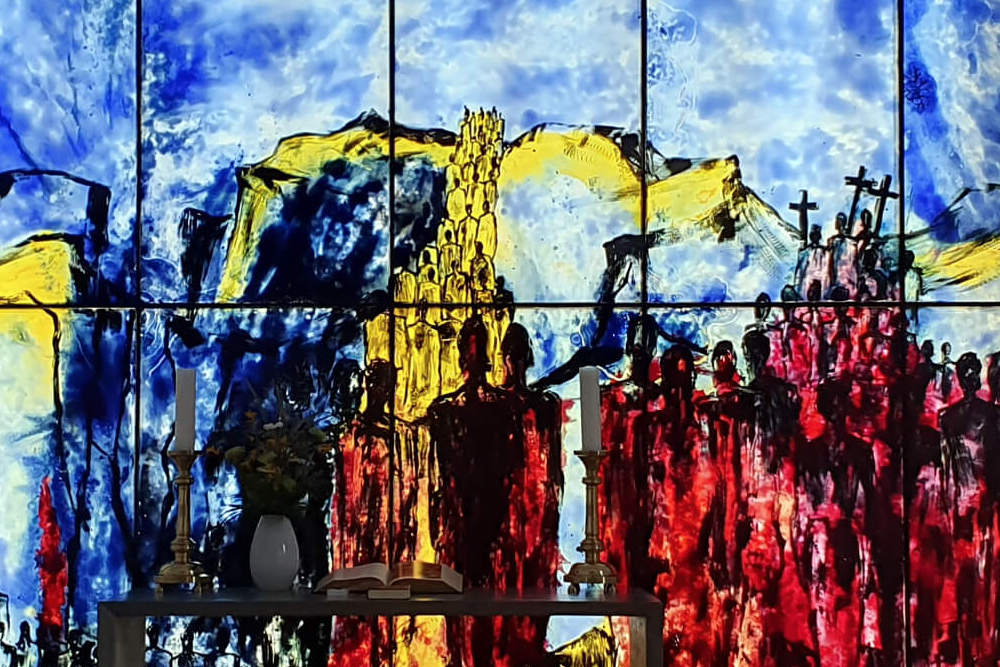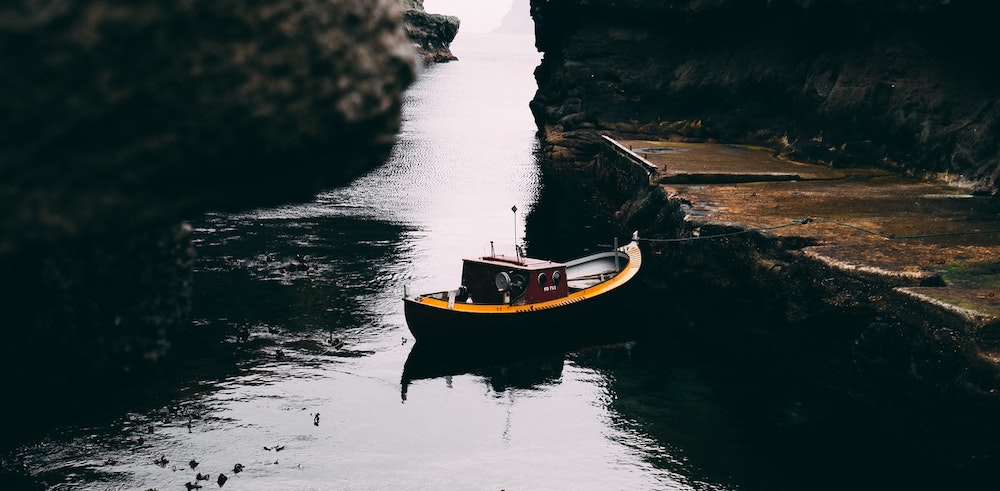
HISTORY OF THE FAROE ISLANDS
The Faroe Islands have a rich history, stretching back more than a thousand years. According to historians and archeologists, the first settlers were 7th century Irish Monks, who described the “Islands of the sheep and Paradise of Birds upon arriving on the shores.” Later, Vikings settled the Faroes, after which the islands changed hands many times; becoming constituents of various kingdoms, including the Kingdom of Norway, the Kalmar Union, and the Kingdom of Denmark. More recently, the islands have seen robust growth in the export-oriented fishing industry, which, together with salmon farming, amount to an excess of 90% of the Faroese export.
